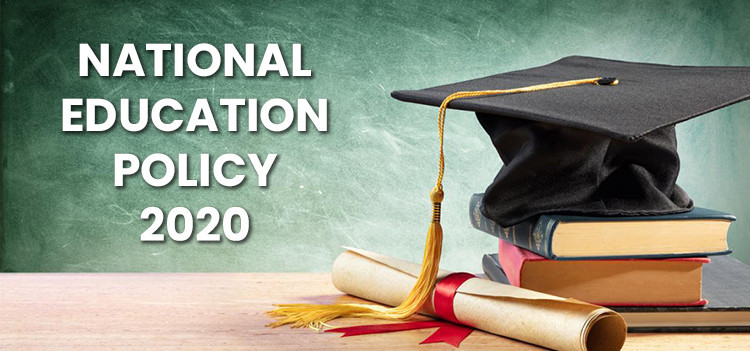Taking a step further towards implementation of the National Education Policy-2020 in Jammu and Kashmir, the Government of Jammu and Kashmir has notified the ‘Student Assessment and Evaluation Scheme’ (SA&ES), up to class 8th for government and government-recognised schools of the Union Territory.
In this regard, the State Council of Educational Research and Training (SCERT) issued a detailed notification on December 22, 2022, containing the SOPs and the Scheme Framework, which is in accordance with the provisions in NEP-2020 and Right of Children to Free and Compulsory Education Act, 2019.
A detailed analysis of the document reveals that the Government is focussing on the paradigm shift from rote learning to experiential learning in schooling as envisaged in the NEP-2020.
“Uniform question papers to be prescribed by SCERT for Year End Assessment for Classes 5th and 8th. Students (Potential Learners) are to be identified on the basis of performance/competency in assessment,” the document reads, adding that the students shall be promoted to the next class on provisional basis with arraignment for special teaching of two to three months during vacations/beginning of next session followed by re-assessment for grade appropriate competencies. “And in case of inability to meet the qualification criteria in such a re-assessment tool, the student shall be detained.”
The SA&ES shall be implemented from academic session 2023-2024 across J&K UT, reads the document which has been issued “with the approval of the competent authority.”
The Annexure-A of the scheme details out the Scheme Framework which urges greater efforts to “encourage students to reach class 9th with a particular focus on regular assessment, evaluation and remedial teaching.”
The paradigm shift from ‘Assessment to Learning’ to ‘Assessment for Learning’ is to ensure that assessment serves its basic purpose in the education system,” the Scheme Framework says, adding that diagnostic tools necessitate both assessment as learning, assessment of learning and assessment for learning.
“Primary objective of the education system is not meant to test what the student has been taught or to bring a child under stress but instead to identify potential learners and organize remedial teaching on a sustained basis as an integral part of the learning process,” the document reads.
Notably, the NEP 2020 envisages modification of existing 10+2 pattern in school education with a new curricular and pedagogical structure of 5+3+3+4 design, with the following break-up:
1. Foundational Stage of 5 years in two parts, with 3 years of Anganwari/Pre-School plus 2 years in primary school in grades (I and II) covering age group 3-8 years
2. Preparatory Stage of 3 years from Grades (III to V), covering age group of 8-11 years
3. Middle Stage of 3 years from Grades (VI-VIII), covering age group 11-14 years
4. Secondary Stage Grades (IX-VIII) in 2 phases (i.2. Grade IX and X in Phase I and Grade XI and XII in Phase II covering the age group of 14-18 years).
The Scheme Framework has also given a detailed framework of Examination, Assessment and Evaluation at all the five stages, right from the Foundational Stage.
A lot of emphasis has been laid on Assessment at the Foundational Stage, and rightly so. The document sketches that Assessment is vital to track a child’s progress in a continuous and comprehensive manner using multiple techniques of assessment.
“School-based assessment (SBA) at the foundational stage should be stress-free and largely through qualitative observations based on performance of the children in a multitude of experiences and activities. Tools and techniques should be used in exemplars prescribed by NCERT/SCERT in SBA document,” the Assessment At Foundational Stage document reads.
The Scheme urges teachers to identify the child’s strengths, needs, interests and preferences and potentiate his/her performance and scaffold it through interventions. It also calls for collaborating to solve issues and areas of concern while contributing to early identification of learning gaps and learning difficulties.
“Teachers are required to identify the learning gaps and focus should be on the attainment of learning outcomes and competencies as envisaged in the NIPUN/FLN Guidelines which is broadly conceptualized as a child’s ability to read basic texts and solve basic maths problems. All children are expected to achieve grade wise subject specific learning,” the document reads.

